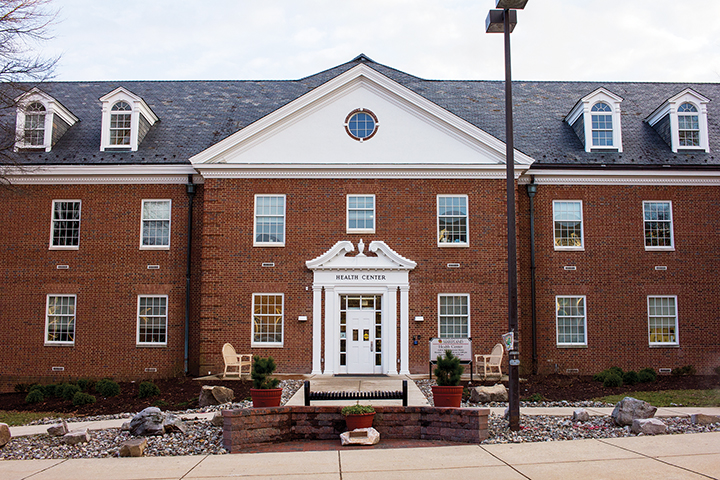Chlamydia is the most commonly reported sexually transmitted infection in the United States, according to the Centers for Disease Control and Prevention, and the highest rates in Maryland are within the University of Maryland’s zip code, according to the University Health Center.
There are several reasons why this is the case, said Jenna Beckwith, the Health Center’s sexual health programs coordinator. The large population of people on the campus is one factor, as well as the disproportionate effect of STIs on young adults under 25. Other reasons include increased risk-taking and feelings of invincibility among college-aged people, as well as a lack of thorough education and conversations about the disease, Beckwith added.
“It’s probably most common because of high rates of sexual activity, particularly with multiple partners or more than one, even if they’re spaced out,” said Bradley Boekeloo, a professor in the school of public health and director of this university’s Prevention Research Center.
Additionally, just 10 to 20 percent of women, and even few men, experience symptoms of chlamydia, meaning individuals can pass the infection to partners without knowing they have the disease, Boekeloo said.
Another factor involved — albeit not a bad one — is that students have better access to testing and treatment, along with other resources, compared to non-students, Beckwith said. This means a higher percentage of student infections might be reported, she added.
Education is another reason chlamydia and other sexually transmitted diseases are spread easily, Beckwith said. “Many college students are surprised to learn that every single STI can be passed through oral sex.”
Furthermore, testing must be specific to where sexual contact took place, she said. For instance, a patient who only has oral sex must be swabbed orally, or the infection won’t be detected.
In 2015, Prince George’s County contained the highest number of reported chlamydia cases in the state, and comprised more than 24 percent of all of Maryland’s cases, according to the Maryland Department of Health and Mental Hygiene.
Nearly 39 percent of these cases were reported among 20 to 24 year-olds, and 27 percent of the cases were from 15 to 19 year-olds.
Additionally, Prince George’s County comprised just less than 29 percent of Maryland’s gonorrhea reports in 2015, according to the Department of Health and Mental Hygiene. For syphilis, Prince George’s County contained 16 percent of Maryland’s total cases.
In 2015, gay men were at the highest risk of contracting syphilis, with rates three times that of straight men and women. Women were at the lowest risk, ranking just below straight men, according to the Maryland Department of Health and Mental Hygiene.
Information about testing is available on the University Health Center website.



